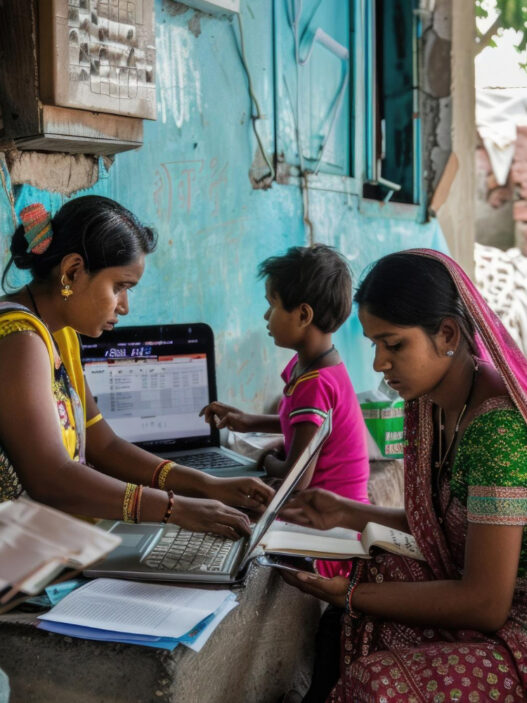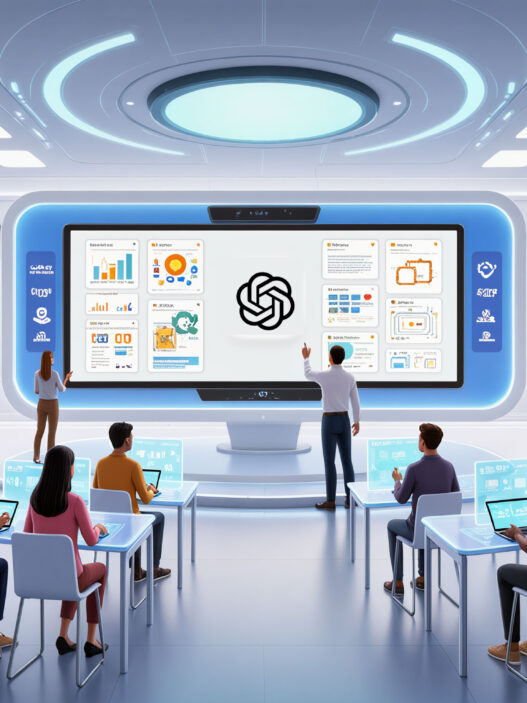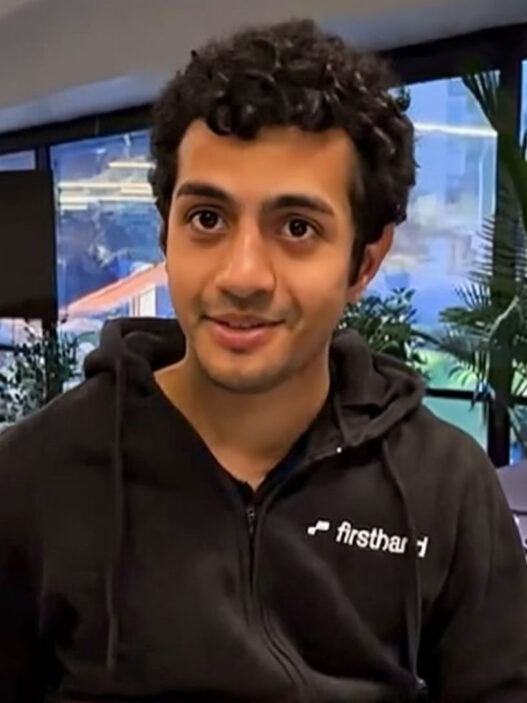On May 30–31, 2025, the Government of India unveiled its next bold move in the AI space: after selecting Sarvam AI in April to lead India’s first sovereign LLM initiative, three more startups joined the mission—Soket AI, Gnani AI, and Gan AI. Together, they form the backbone of the IndiaAI Mission, a ₹10,000–₹10,372 crore push to build foundational AI in India.
Why it matters
India’s ambition is clear: build advanced AI models rooted in Indian data, languages, and context—at scale. With over 500 proposals submitted, only four startups emerged as the pioneers tasked with this mission. These firms will get subsidized access to over 34,000 GPUs, a leap made possible with recent procurement of roughly 15,600 new units.
Union IT Minister Ashwini Vaishnaw emphasized that India must aim to place these models among the top five in the world in their respective domains, as reported by Moneycontrol.
Meet the Starters
Soket AI (Gurugram)
- Working on the EKA Project, aiming for a 120 billion‑parameter open‑source Indic LLM, trained on around 2 trillion tokens.
- Targets sectors like defence, healthcare, and education, and plans a 12‑month rollout with smaller models arriving in six months, according to Analytics India Magazine.
Gnani AI (Bengaluru)
- Building a 14 billion‑parameter Voice AI model with real‑time speech recognition and reasoning, multilingual across Indian languages.
- Led by Ganesh Gopalan, Gnani already handles 30 million+ voice interactions daily across 40+ languages for 150+ enterprises, as reported by Livemint.
Gan AI (Noida)
- Developing a 70 billion‑parameter multilingual model focused on superhuman text‑to‑speech (TTS) capabilities, aiming to compete with global leaders like ElevenLabs. Reported by Moneycontrol.
Enablers in the Ecosystem
To fuel their development, MeitY has empanelled major cloud partners—Yotta, Tata Communications, Jio, and Sify— to deliver GPU-as-a-service at subsidized rates as low as under $1/hour.
Sarvam AI received 4,096 NVIDIA H100 GPUs and a subsidy of ₹98.7 crore against a project cost of ₹246.7 crore. Its model will serve public systems like Citizen Connect 2047 and AI4Pragati.
The compute access being granted to all four startups covers 100% or heavily subsidized infrastructure costs, significantly lowering R&D overhead.
India now hosts 367 datasets on AI Kosh, an open data platform built for non-personal data access.
The Bigger Picture
A few facts that bring this initiative into sharp focus:
- IndiaAI Mission launched with a five-year budget exceeding ₹10,000 crore (~$1.25 billion) with seven strategic pillars including compute access, startup financing, datasets, safe AI and skills.
- This drive is part of a broader effort to turn India into a leader in generative AI—catching up with or even outperforming solutions like China’s DeepSeek, which took less than $6 million to build and disrupted global assumptions about cost and scale.
What This Really Means
India is no longer just an outsourcing hub. It’s building sovereign AI capabilities—models that understand Indian languages, contexts, and real‑world needs. By giving startups access to massive compute, curated datasets, and subsidy-backed support, the government aims to foster an ecosystem where competitive, globally‑ranked AI innovation thrives.
Whether it’s AI-powered services that understand Hinglish, voice agents in Kannada or Bengali, or legal bots tuned to Indian jurisprudence, these models are being built with local roots and global ambition.
What’s Next
- Over the next 6–12 months, these models will be trained, tested and released.
- IndiaAI plans to empanel more startups and GPU providers on a rolling basis—this is just the opening act.
- A new IndiaAI Safety Institute is also in the works to oversee ethical and secure AI deployment across sectors.
This initiative isn’t just about technology; it’s a story of sovereignty, scale and inclusion. India is not merely catching up in the AI race—it’s shaping a vision of innovation that belongs to its people.



















